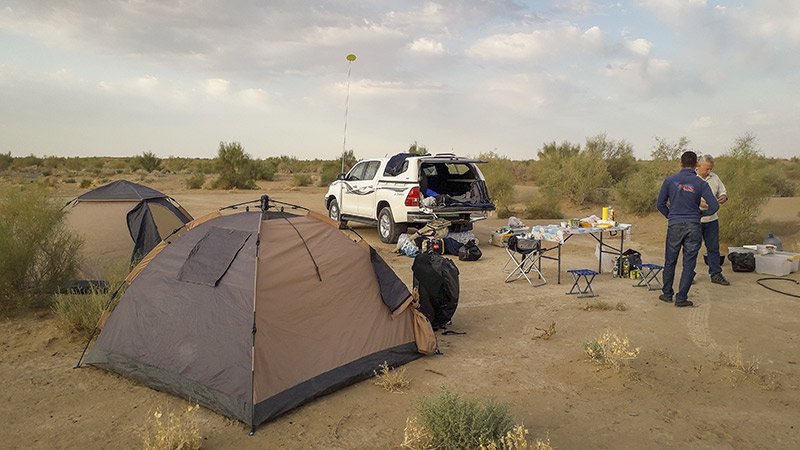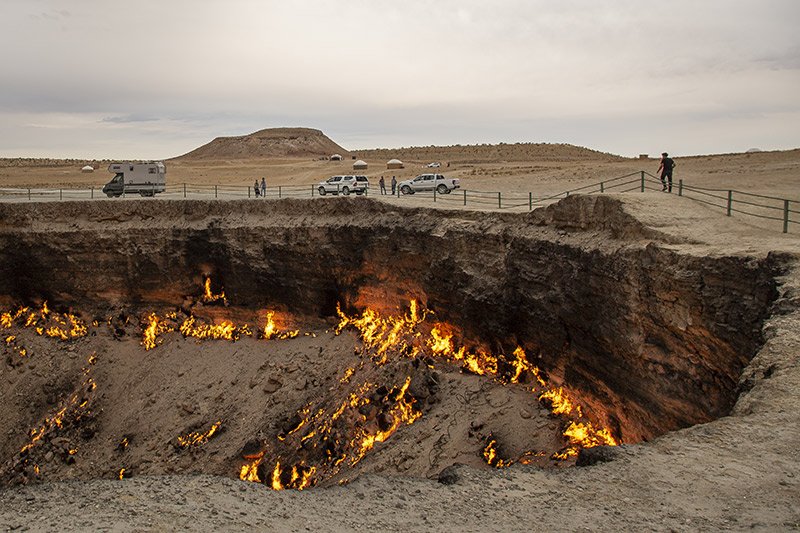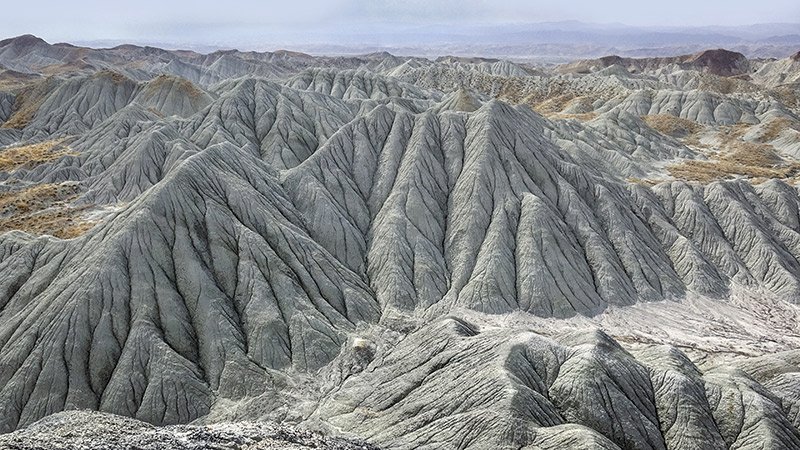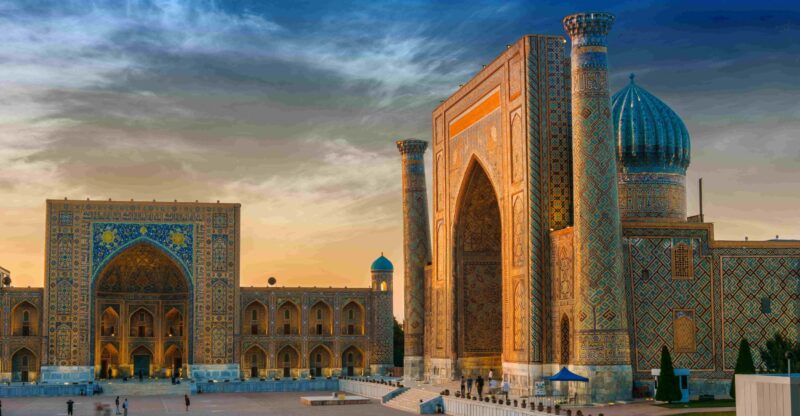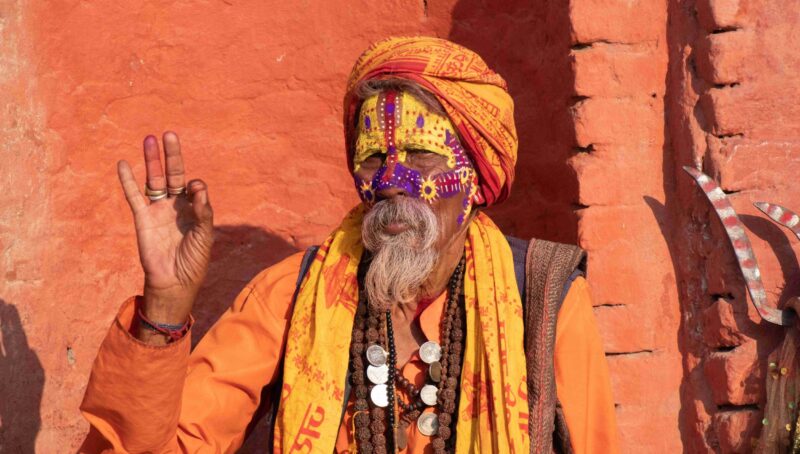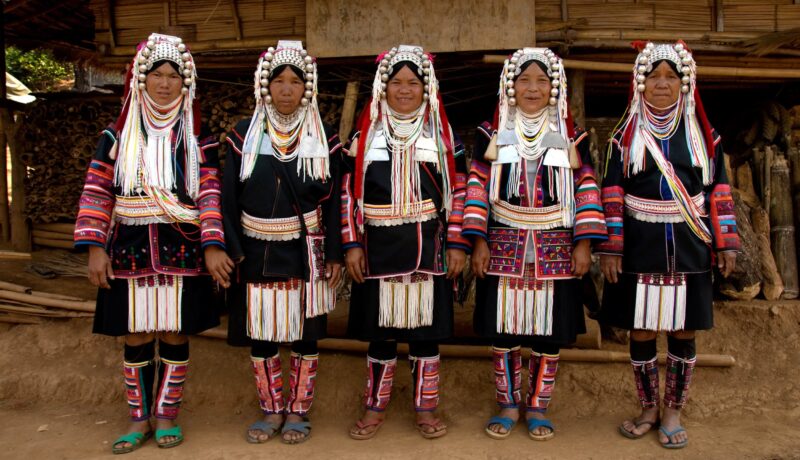| Tour Code | Start | End | Trip Status | Pricing Per person |
|---|---|---|---|---|
| TTE/250426 |
Apr 25, 2026
Saturday |
May 09, 2026
Saturday |
Guaranteed |
£2,995.00
Single Room Supplement: £255.00 |
| TTE/060926 |
Sep 06, 2026
Sunday |
Sep 20, 2026
Sunday |
Guaranteed |
£2,995.00
Single Room Supplement: £255.00 |
| TTE/050927 |
Sep 05, 2027
Sunday |
Sep 19, 2027
Sunday |
Guaranteed |
£2,995.00
Single Room Supplement: £255.00 |
Turkmenistan Encompassed
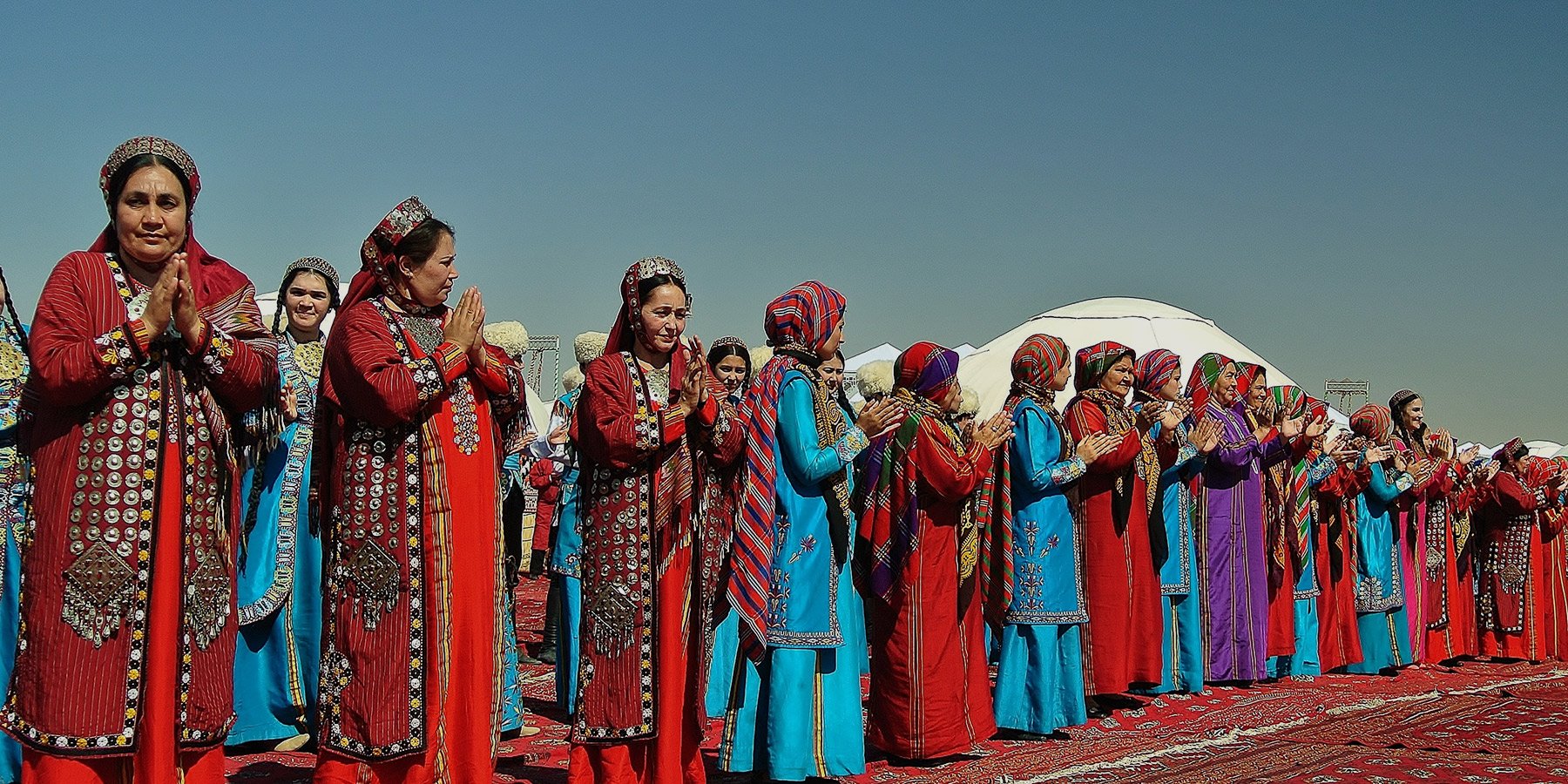
On the edge of the Silk Road and with a rich history stretching back millennia, Turkmenistan is a land of which few have knowledge. Dominated by forbidding desert and once the abode of fierce tribesmen renowned for their slave trading, the country today is characterised by sharp contrasts, from the futuristic building projects of the capital to remote communities living among the sands. This two week trip is a comprehensive journey through one of the most mysterious places in Asia. Starting in Ashgabat we combine both ancient and modern, visiting monuments built by the previous ruler Turkmenbashi as well as the Parthian fortress of Nisa, before leaving the city behind and embarking on our journey to the mountains. We visit a local community in Nohur, reputed to be descended from the armies of Alexander, and then travel through the remarkable canyon landscapes of Yangikala to the pilgrimage site of Gozli Ata. From here we head to the Caspian Sea before flying to Dashoguz and visiting the UNESCO listed site of Konye-Urgench, evidence of former glories of this fascinating region. Perhaps the most exciting part of our trip is a three-day excursion into the Karakum desert, camping at a flaming gas crater and stopping in isolated settlements to meet people who rarely see tourists. After a brief stop in Turkmenabat we then drive to the Kugitang Mountains, with dinosaur footprints, caves and rare species to discover. Turkmenistan is one of the most exciting countries in Central Asia and this pioneering trip takes you to all corners of the country, doing more than just scratching the surface but allowing you a detailed insight into its culture and history. We think this is one of our most exciting trips – join us and we’re sure you will agree.
Arrival and departure transfers
Overland transport throughout with professional driver
Domestic flights
All accommodation
Services of English-speaking guide / tour leader
Meals as listed, B – Breakfast, L – Lunch, D – Dinner
Entrance fees for sites listed as part of the itinerary
International flights (, contact , us, for expert advice and a quote)
Any airport taxes (except when included with domestic airfares)
Travel Insurance
Visa – when required
Drinks
Items of personal nature
Tips (Discretionary)
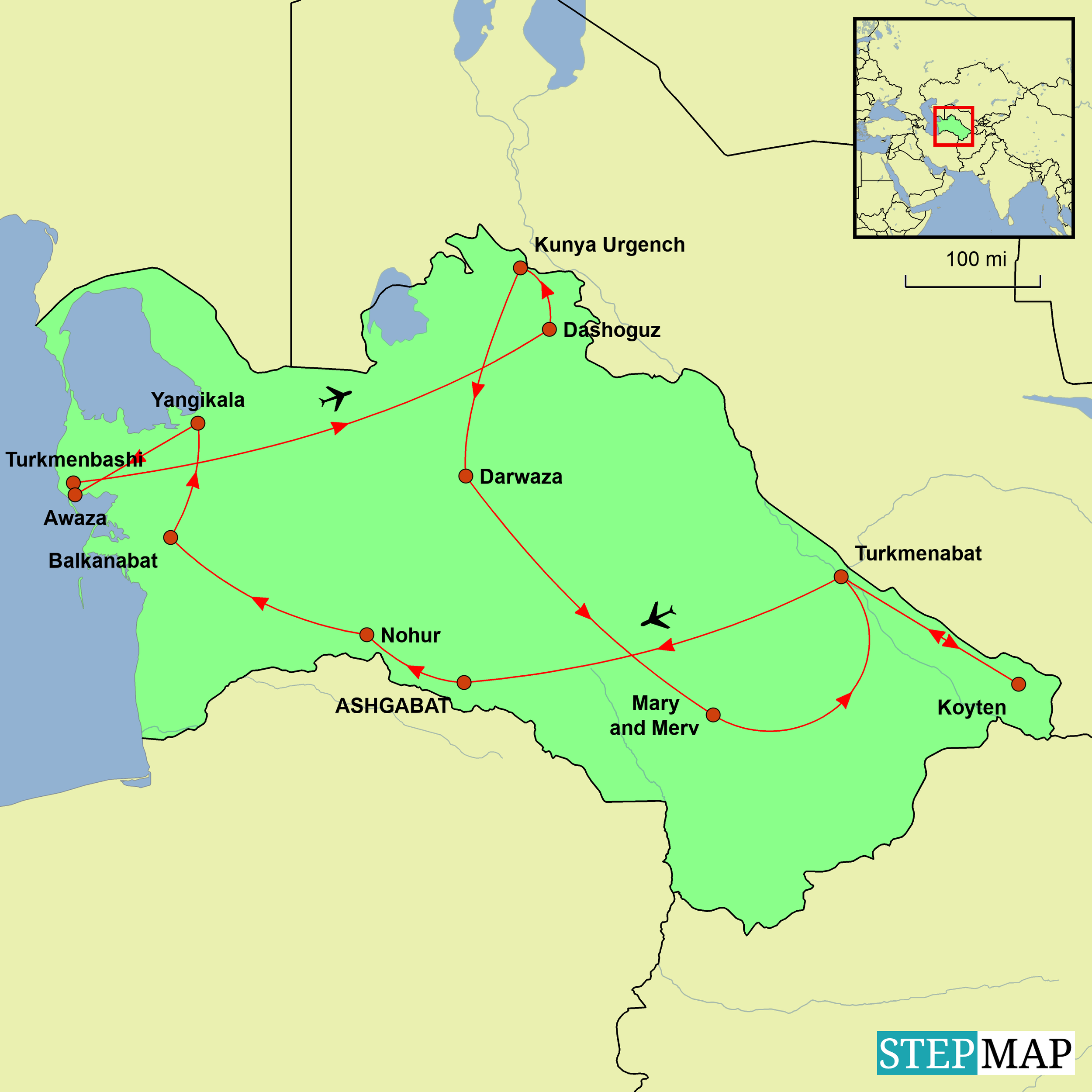
The “Turkmenistan Encompassed” tour by Undiscovered Destinations is a comprehensive two-week small group journey through one of Central Asia’s most enigmatic countries. Beginning in the capital, Ashgabat, travellers explore the city’s grandiose monuments and the ancient Parthian fortress of Nisa. The itinerary then ventures into the Kopetdag Mountains to visit the village of Nohur, reputedly home to descendants of Alexander the Great’s soldiers. From there, the journey continues through the dramatic Yangikala Canyon to the pilgrimage site of Gozli Ata and along the Caspian Sea coast. A highlight of the tour is a three-day expedition into the Karakum Desert, including camping beside the flaming Darvaza Gas Crater and visiting remote settlements rarely seen by outsiders. The adventure concludes with visits to the UNESCO-listed ancient cities of Konye-Urgench and Merv, as well as the Kugitang Mountains, known for dinosaur footprints and unique caves. This tour offers an in-depth exploration of Turkmenistan’s rich history, diverse landscapes, and unique culture.
The Darvaza Gas Crater (Gates of Hell)
Camp beside the spectacular burning crater in the Karakum Desert – a surreal, fiery pit that has been blazing for decades
Ancient City of Merv
Explore one of Central Asia’s oldest and most significant Silk Road cities, now a UNESCO World Heritage Site filled with crumbling mausoleums and ancient fortresses.
Yangikala Canyon
Marvel at the striking red and pink rock formations of this remote canyon, often compared to the Grand Canyon for its dramatic beauty.
Nohur Village in the Kopetdag Mountains
Visit an isolated village with strong local traditions, believed to be descended from Alexander the Great’s soldiers.
Ashgabat – The Marble Capital
Wander through Turkmenistan’s dazzling capital, known for its extravagant architecture, golden statues, and record-breaking use of white marble.
Download the Information Pack
To download the tour full dossier, which includes a complete day-by-day itinerary breakdown and detailed tour information, fill in the details below.

Foreign Office Travel Warnings Before booking your tour, please familiarise yourself with the country specific information provided by the UK’s Foreign, Commonwealth and Development Office (FCDO) – www.gov.uk/foreign-travel-advice. This includes important information such as latest immigration requirements, and details of any travel advisories. We constantly monitor the advice posted by the FCDO. In particular we will always advise clients of any travel warnings. At present there are no warnings against travel to the parts of Turkmenistan that we visit on this tour. Please feel free to contact us should you have any specific concerns or would like to know in detail what measures are being taken to ensure visits remain trouble free and without incident. It should be noted that this information applies to British citizens. Other nationals are asked to check the current position of their respective government. Visa Information At the time of writing British, US and Australian nationals require a visa for a tourist visit to Turkmenistan. For further details please visit the applicable website shown below. British Nationals – www.gov.uk/foreign-travel-advice US Nationals – travel.state.gov/content/travel/en/international-travel.html Australian Nationals – www.smartraveller.gov.au Other nationals should check the latest requirements with the authorities in their home country, or with the destination’s nearest embassy or consulate. Should you require any documentation to support a visa application, such as a letter of invitation, upon request this will be provided by Undiscovered Destinations after receipt of your balance payment. As it is the travellers’ responsibility to ensure that they meet all entry requirements it is essential that you check the rules and any other conditions at the time of booking and again when making your balance payment. In addition, we would strongly advise that you make a final check around two weeks before your arrival. This is important as requirements can change at short notice. Undiscovered Destinations, when possible, will provide guidance about entry rules, but in the first instance please contact the relevant authorities, including the applicable embassy or consulate for assistance. Passports It is your responsibility to ensure that you are in possession of a full passport, valid for at least six months after the date of return to your country. We strongly advise that your passport contains a minimum of two blank pages, as this may be a requirement of the local immigration authorities. In addition, certain countries will stipulate that the two blank pages are opposite each other. If you are unable to meet these requirements, you may be refused boarding by your airline or denied entry by the immigration authorities. For specific information about the requirements for your destination please check with the country’s embassy or consulate. Alternatively, UK citizens can visit www.gov.uk/foreign-travel-advice. Vaccinations & Protection As with travel to most parts of Asia, we strongly recommend that you contact your doctor’s surgery or a specialist travel clinic for up-to-date information, advice, and the necessary vaccinations. For a visit of less than one month, almost certainly you will be advised to have immunisations against the following: Diphtheria and Tetanus, Hepatitis A, Typhoid, Meningitis. The use of a DEET-containing insect repellent is highly recommended. The legal status and regulation of some medicines prescribed or purchased in your home country can be different in other countries. If you are travelling with prescription or over-the-counter medicine, travellers from the UK can refer to the guidance provided by the National Travel Health Network & Centre and published on the Travel Health Pro website. For further information on the legal status of a specific medicine, you will need to contact the embassy, high commission or consulate of the country or territory that you are travelling to. Travel Insurance It is a condition of booking with Undiscovered Destinations that you have adequate valid travel insurance. It is your responsibility to arrange appropriate travel insurance and ensure you have read and understood the full terms and conditions of your travel insurance policy to ensure that you are covered for all activities you intend to undertake whilst on the tour, including all optional activities. Your Insurance Policy must fully cover you for medical expenses (including cover for Covid-19 conditions) and emergency repatriation to your home country and be valid for the entire duration of your holiday. Local Conditions When travelling to our destinations, many of which are underdeveloped and untouristed by mainstream tourism, a good deal of patience and a sense of humour is an important attribute. This will help you to cope with problems such as ageing or poor infrastructure and when maintenance may not be as high as we would always like. The choice of appropriate accommodation in some towns and cities (particularly the smaller places) can be limited, and standards of both service and maintenance can be less than polished. Guides and other service providers in some of our destinations do not always have the decades of collective practice and experience that their counterparts in more developed countries can draw upon. Although we will always try and resolve any issues as quickly as possible, on occasions there may be some shortcomings which no matter how hard we try will be unavoidable.
